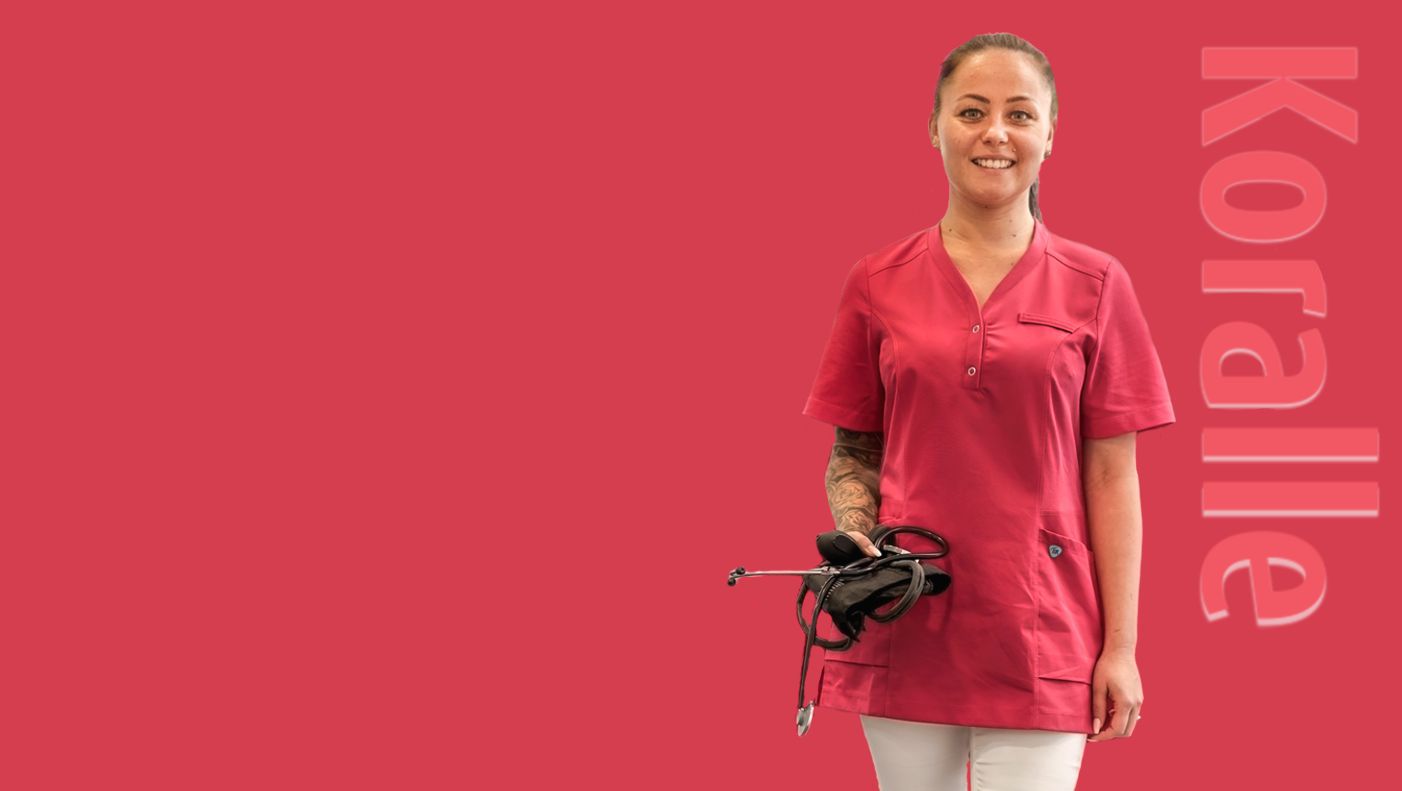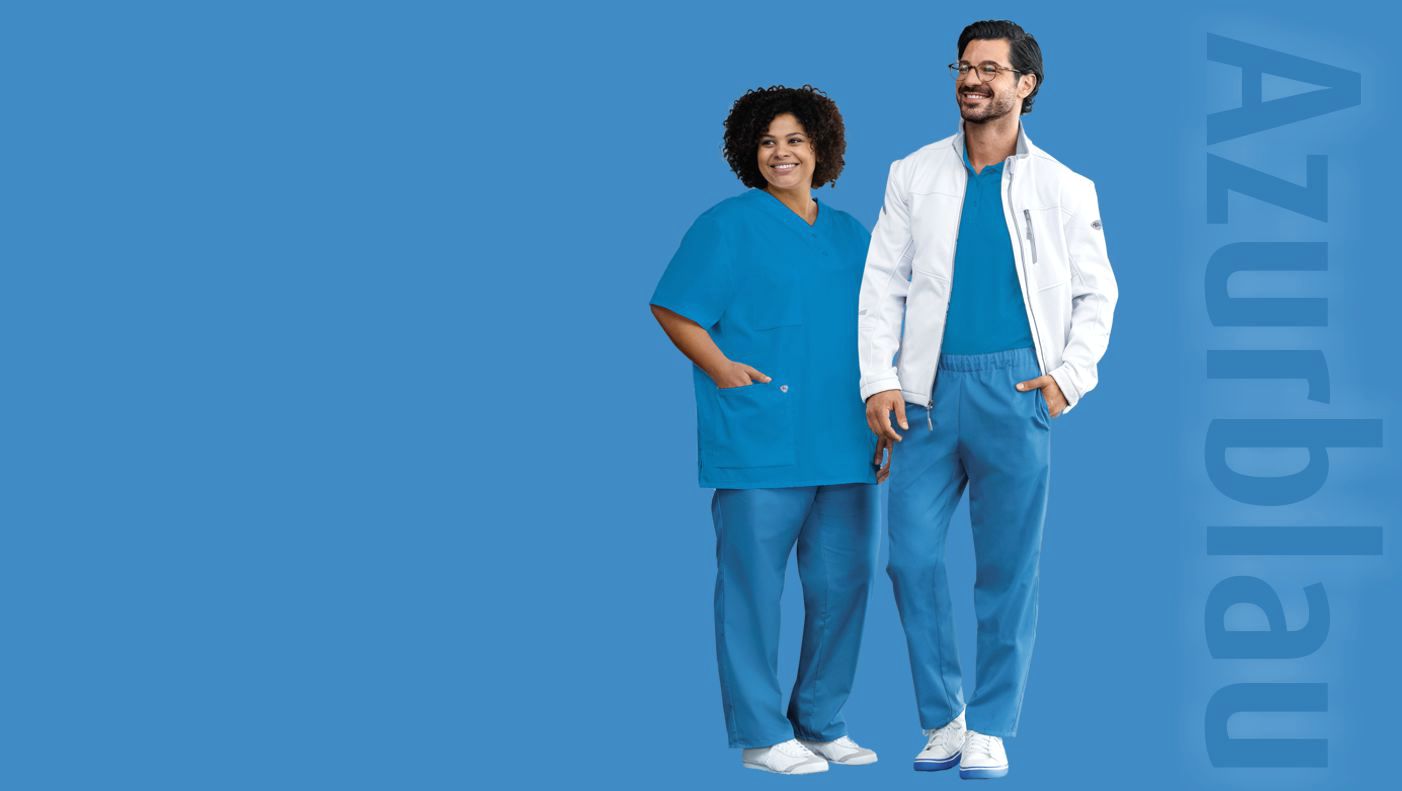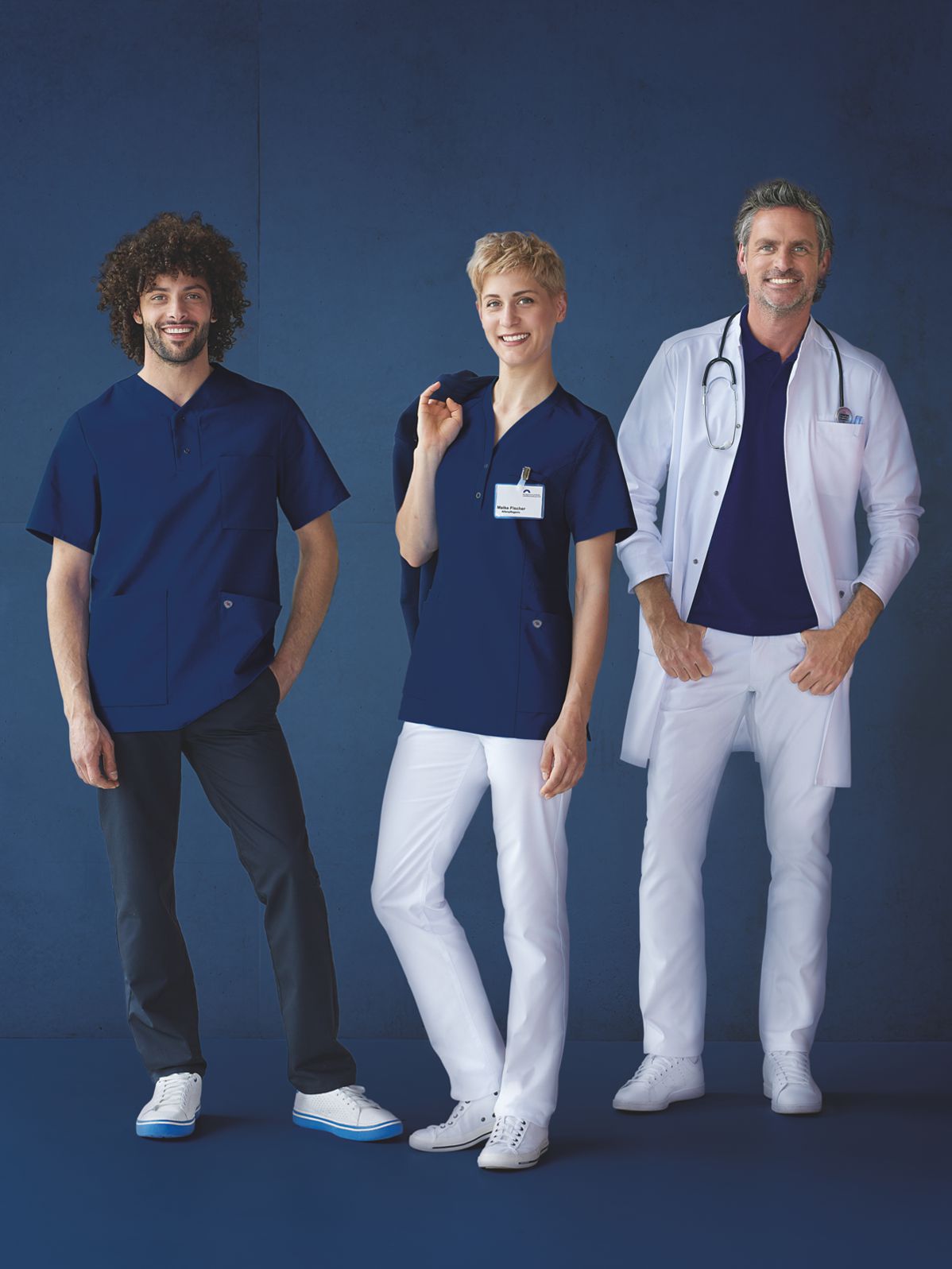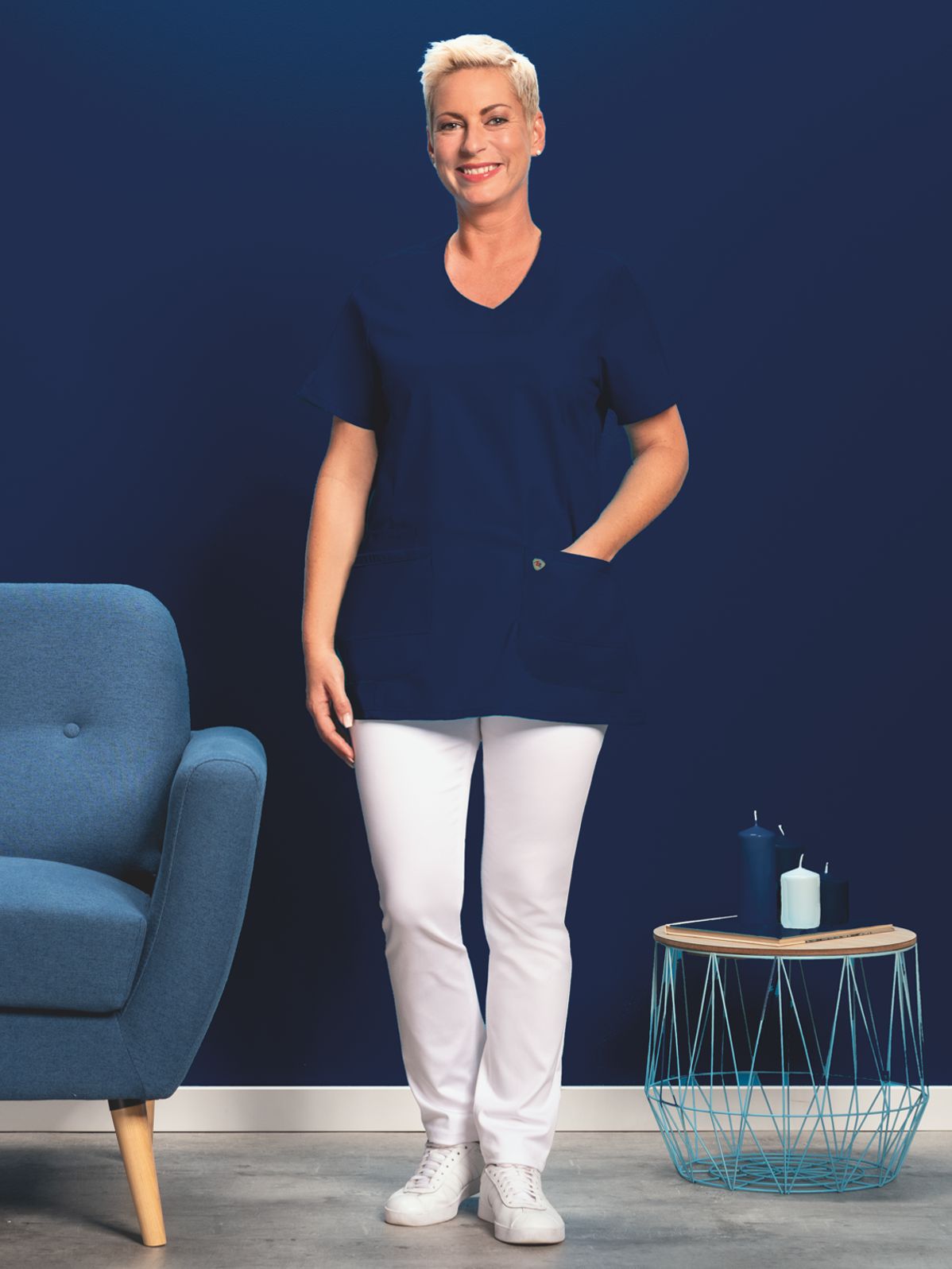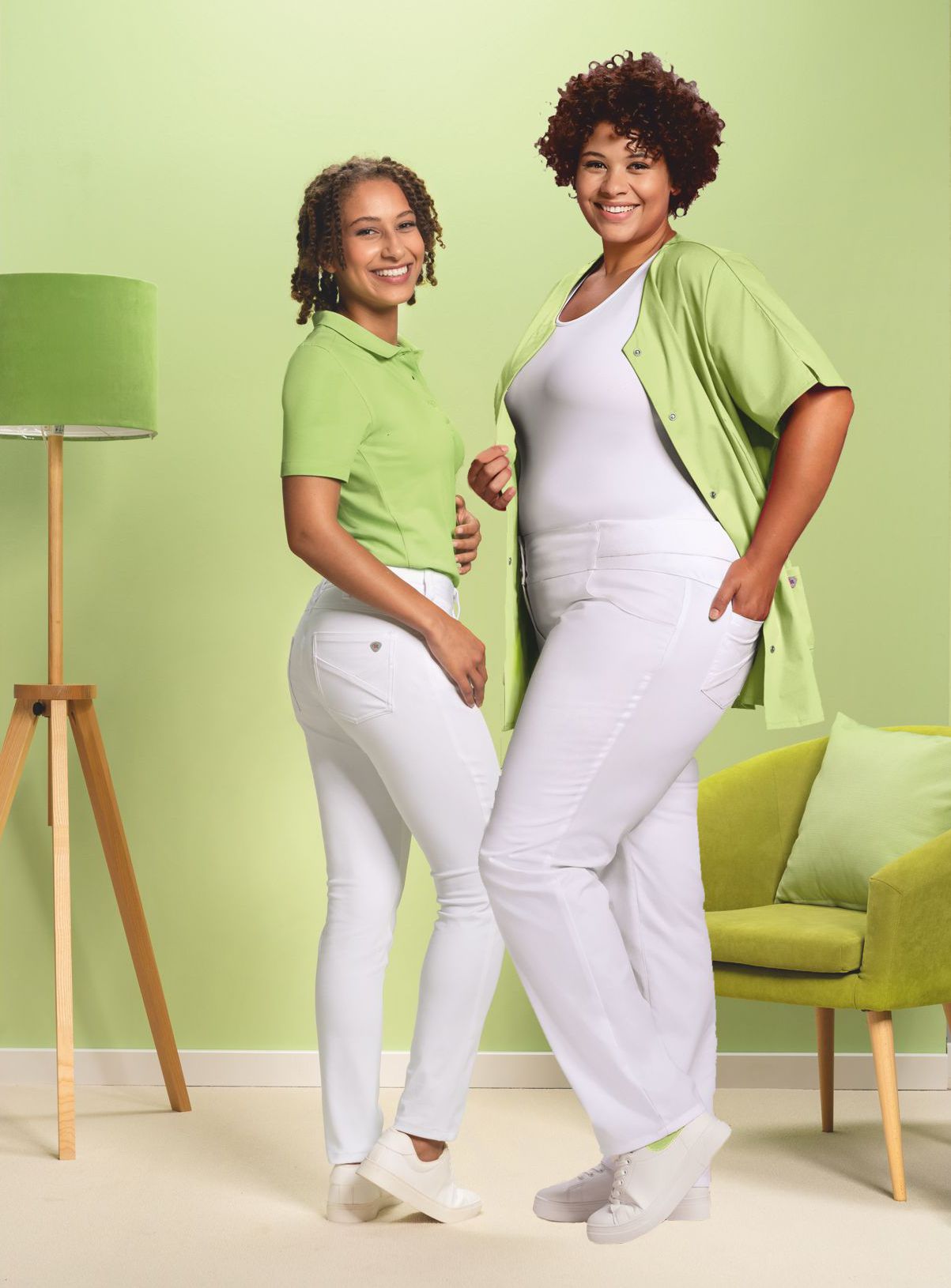
Professional clothing in care
BP® NEWSLETTER
SPECIAL OFFERS, PROMOTIONS, NEW PRODUCTS AND MUCH MORE
Subscribe to our newsletter now and you'll be the first to receive all the information about sales promotions, new products or special online offers.
Subscribe to newsletter

Any questions?
Do you still have questions about workwear for the care sector? Then get in touch with our experts.
CONTACT US

Household laundry
Some important rules should be observed for the household washing of workwear:
- Textile service provider collects worn linen at specified intervals.
- Worn laundry is professionally cleaned and hygienically reprocessed.
- Laundered and reprocessed laundry is delivered and made available to workers.
- With the delivery of the new linen, the worn linen is collected again.


